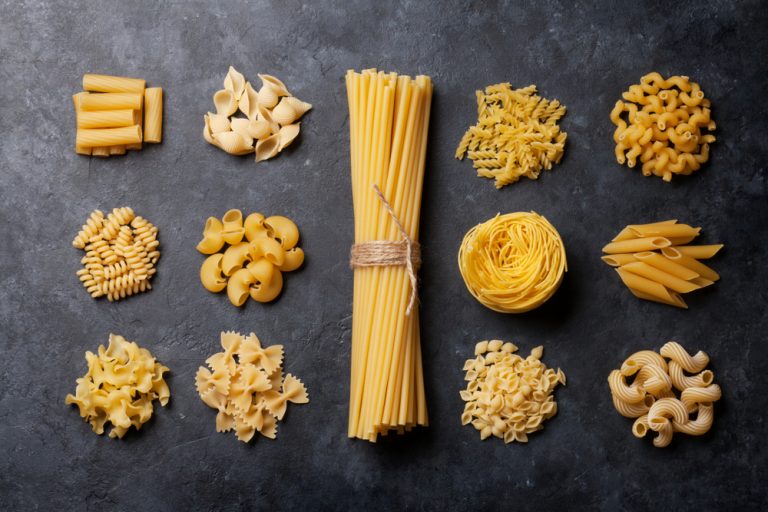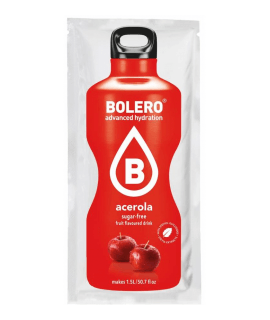Pasta on the market today can come in many different shapes and colors. They are made not only of wheat flour but also of corn and rice flour.
Real, homemade pasta or ready-made from a bag?
Although you can make it yourself, most of us prefer "ready-made” pasta. Although the one from a bag is much more durable (it contains only 12% water, homemade has as much as 30%), and above all, it is much faster to prepare it, fortunately, there are enthusiasts who prepare it themselves. If you decide to make pasta at home, you must remember to dry it carefully, otherwise, it will spoil quickly.
When buying ready-made pasta, it is best to choose those made of semolina, hard wheat flour produced from the highest quality grain, i.e. durum wheat. A significant content of gluten makes the dough harder and dry much faster. It does not crumble, and after cooking it is elastic.
Pasta made from the wheat of lower quality, although they have a pleasant creamy color, much less tolerate cooking. They quickly fall apart and stick together.
Caloric or not?
100 g of pasta contains 330 kcal. However, its energy value can be reduced by as much as 1/3. How? Appropriate processing is enough. When pasta is cooked it absorbs water, which significantly increases its volume. Thanks to the starch present in the pasta, which is converted into glucose by the body, the feeling of satiety last long. It should be remembered, however, that the duration of the feeling of satiety depends on how the pasta is cooked. If it is cooked al dente, it will give us the most intense feeling of satiety.
For the healthy body
The ability to stabilize a blood sugar level should interest everyone suffering from diabetes, but not only. Pasta should be eaten by physically active people (if we plan to train, it is best to eat it 3 hours before the training) and those working physically, thanks to the gradual release of energy after consumption. Some products are additionally enriched with B vitamins (supporting the cardiovascular system), calcium, and phosphorus (minerals essential for the healthy skeletal system).
Wholemeal pasta contains large amounts of fiber, iron, zinc, and magnesium.
The increasingly popular colored pasta, apart from the attractive color obtained naturally, does not have any special properties. They owe their red color to tomato or beet extracts, orange to carrots, and green to spinach.









